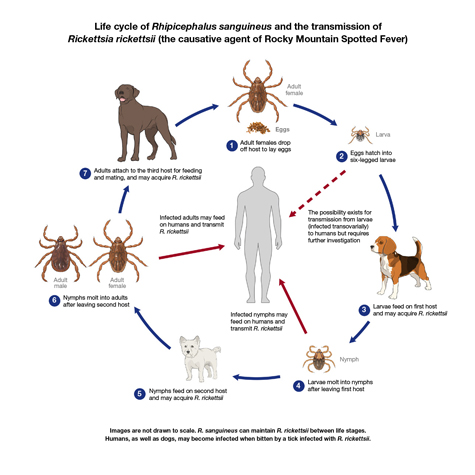The website has the complete lesson note for all the subjects in secondary school but this piece showcases the SS3 Lesson Note on the Life Cycle of Selected Parasites. You can use the website search button to filter out the subject of interest to you.
CLICK HERE to download the complete Document: DOWNLOAD HERE
TOPIC: Animal Health Management continued
CONTENT:
- Introduction, Types and Selected parasites
- Life cycle of selected parasites
SUB TOPIC 1: Meaning and Types of Parasites
Parasite is an organism which lives on or inside the body of another organism called the host in order to derive all its nourishment such as food, shelter and protection. The parasite does not provide any benefit but causes damage or harm to the host in return. The host usually belongs to different species is often bigger and stronger than the parasite. Sometimes the relationship with the parasite causes the death of the host or reduces its productivity.
The relationship between the parasite and the host is known as Parasitism. Based on this relationship, a parasite may be temporary, (living for a short period in or on the host) or permanent, (living their entire lives in the host e.g endo-parasites)
TYPES OF PARASITES
Livestock parasites are grouped into two namely
> Ecto-parasites
> Endo-parasites
ECTO-PARASITES: These parasites live outside or on the hosts. They usually attach themselves to the skin of the animals. Ecto-parasites include ticks, lice, mites, fleas, flies etc
TICKS: Ticks affect livestock such as cattle, sheep, horses and dogs. They live all their lives attached to the hosts and suck blood except during the period of mounting and reproduction. Tick belongs to the order of Acarina and the class Aranchinda
LIFE CYCLE OF TICKS

CLASSIFICATION OF TICKS
A. BASED ON MODE OF DEVELOPMENT
- One Host Tick: all stages of development takes place in one host animal eg blue tick
- Two Host Tick: The lava develops into nymph on the first host. The nymph falls off and moults into adult which attaches to the secondary host eg red legged tick
- Three Host Tick: these attach to different animals at each stage of development, drop off and moult into the next stage on the ground eg water tick
- BASED ON BODY TEXTURE
- Hard tick (Ixodidae)
- Soft tick (Argasidae)
LIFE CYCLE OF HOST TICK
Ticks are important arthropods and vectors of infectious diseases. They carry both viruses and protozoan producing organisms. When unfed they are flat, but spherical when engorged with blood of warm blooded vertebrates. They are unisex, the female after mating sucks blood many times until it increases in size. The stage of develop: eggs-> larva->nymph->adult.
Ticks have eight walking legs. Their eggs are laid on the ground and larva emerges to climb grass or shrubs and attaches to any passing animals. The eggs hatch out in about 3-4 weeks depending on the climatic condition
ECONOMIC IMPORTANCE OF TICKS
- Loss of blood and weight
- Reduction in quality of hide and skin which lead to reduction in market value
- Reduction in the production of meat and milk
- Restlessness cause by skin irritation
- Loss of farmers’ income
- Injuries from bite causes secondary infection
- It causes and transmits diseases such as heart water disease, red water disease, anaplasmosis, tularemia, typhus etc
- It produces substance which causes toxic effect on animals
- Transmitted diseases may cause death and eventually reduce number of stock
CONTROL OF TICKS
- Good sanitation
- Regular dipping in solution of acaricides
- Spray animals’ beddings with insecticides
- Adopt rotational grazing
- Burning of infected pasture
Click on the Downloadable Button to get the FULL NOTE




